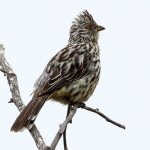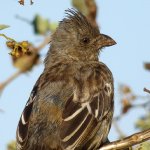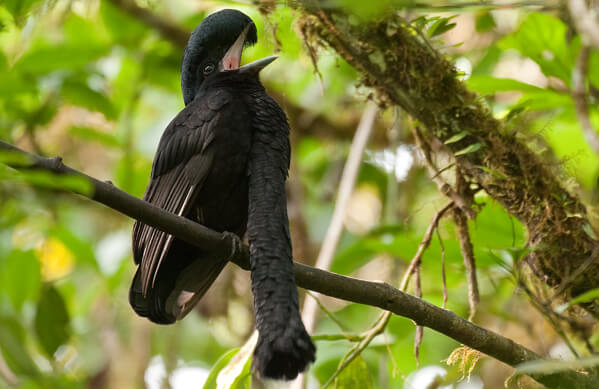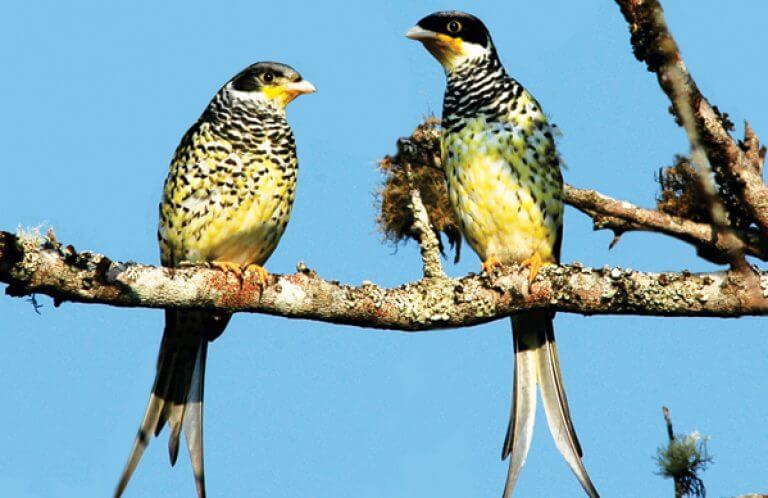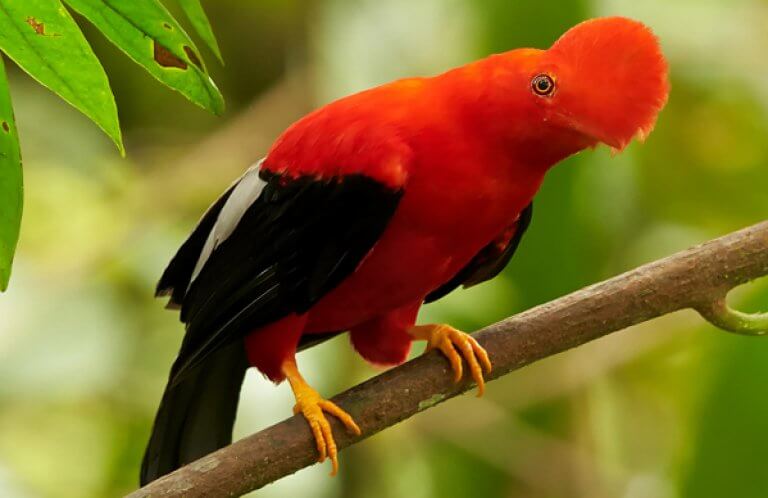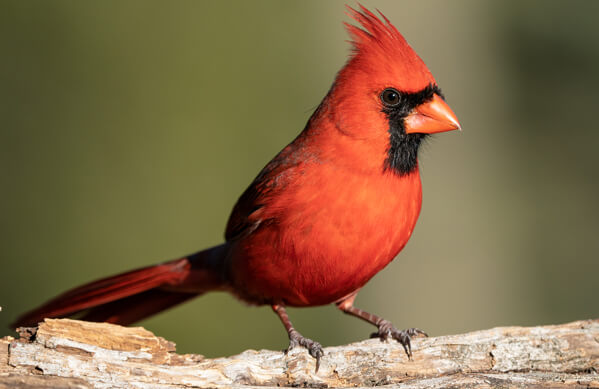About
The Peruvian Plantcutter is a cotinga, part of a diverse group of Neotropical birds that includes the Long-wattled Umbrellabird, Palkachupa Cotinga, and Andean Cock-of-the-rock.
This bird's genus name Phytotoma derives from the Greek words phuton, plant, and tomos, to cut. As its name suggests, the Peruvian Plantcutter is folivorous (leaf-eating) and has unique adaptations that allow for this unusual diet.
Songs and Sounds
The Peruvian Plantcutter can also be identified by its peculiar, mechanical-sounding call, which some people compare to a squeaking door or a distant sheep.
Listen here:
(Audio of Peruvian Plantcutter call by Andrew Spencer XC42961, accessible at www.xeno-canto.org/42961)
Breeding and Feeding
Like most of its cotinga relatives, the Peruvian Plantcutter is sexually dimorphic: The male's plumage is a mix of gray and cinnamon; the female is light gray with heavy, dark streaking. Both sexes have piercing yellow eyes and short crests, which they raise when excited or agitated.
The Peruvian Plantcutter has a short, conical bill like a Northern Cardinal's, but with an important addition — serrated edges. These tooth-like ridges allow the plantcutter to chew vegetation into a pulp before swallowing, which is something quite rare in the bird world. Plus, this bird has extra-efficient intestines that process large amounts (for a songbird) of plant material in a short time.
Both of these adaptations allowed the Peruvian Plantcutter to sidestep the need for the complex digestive system seen in other leaf-eating birds, such as the large Hoatzin of Amazonia. Since it doesn't need to divert most of its energy into digesting food, the Peruvian Plantcutter can maintain high activity levels. It is often seen patrolling its territory in pairs or small groups.The Peruvian Plantcutter uses its strong legs and serrated bill to grasp and tear off leaves, buds, flowers, and small fruits from a variety of trees and other vegetation. It depends upon undisturbed areas with a diversity of tree and shrub species, particularly a type of mesquite called Algarrobo (Prosopis pallida). It gets most of its water from the foliage it eats.
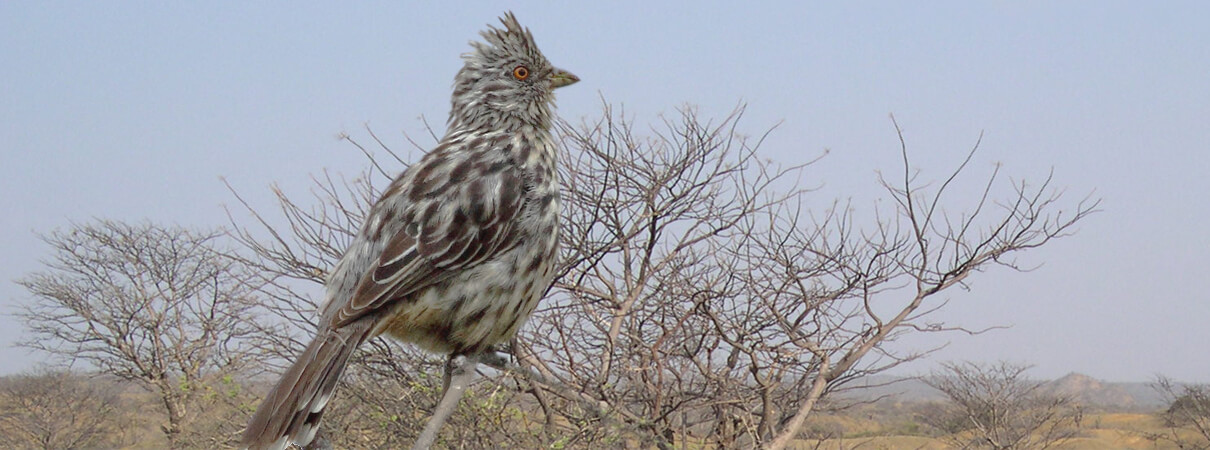
Region and Range
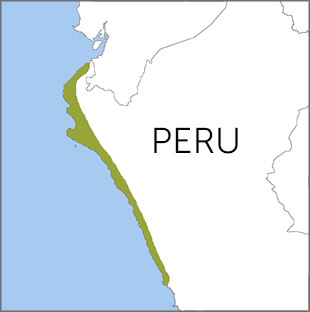
This plantcutter is found exclusively in the coastal valleys of northwestern Peru, in a dry and harsh, though well-vegetated, environment.
Conservation
The Peruvian Plantcutter is threatened by widespread habitat loss; only three percent of its remaining habitat, located within the Bosque de Pómac National Sanctuary, is currently under protection.
ABC and Peruvian partner ECOAN are working with another Peruvian nonprofit organization, the SOS Peruvian Plantcutter Project, to restore habitat for this bird, particularly in the town of Talara, where an unprotected area of dry forest shelters a small Peruvian Plantcutter population.
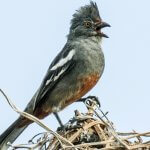
Help support ABC's conservation mission!
There, the project has worked with the Peruvian air force to build a tree nursery on its residential base, to grow native plants for habitat restoration. It is also advocating for the town to establish a municipal reserve adjacent to the air force base. Environmental education focusing on this species is ongoing in local schools, and an annual plantcutter festival reaches hundreds of children.
Get Involved
Many of the rarest bird species in the Western Hemisphere remain relatively unknown. You can learn more about these birds and the threats they face by signing up for ABC's Bird of the Week email series, which frequently highlights these fascinating birds.
American Bird Conservancy and our partners throughout Latin America and the Caribbean have created and expanded more than 100 bird reserves, which protect upward of 1.1 million acres of vital habitat. Together, we've planted more than 6.8 million trees, helping to restore degraded and damaged habitat. You can help us continue to protect endangered birds by making a gift today.







































